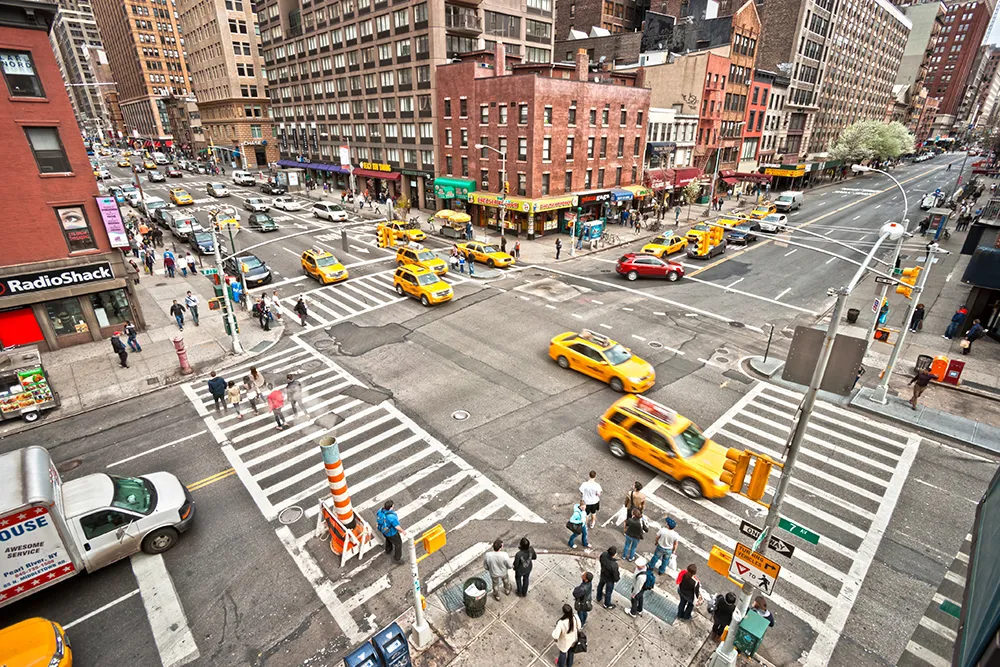Stephen E. Sandherr, chief executive officer for the association said that 49 per cent of contractors who reported work zone crashes on their projects said that motor vehicle operators or passengers were injured and 13 per cent of those crashes involved a driver or passenger fatality. Highway work zone crashes also pose a significant risk for construction workers, Sandherr noted. He said 25 percent of work zone crashes injure construction workers and 11 per cent of those crashes kill them.
Sandherr noted that the campaign will feature new radio ads that will air in dozens of cities around the country that caution drivers to be careful in highway work zones. The ads warn drivers that speeding, texting and losing focus while in work zones aren’t worth the “nightmare” of killing workers, drivers or passengers.
“There is no meeting, email or text that is more important than the safety of workers or motorists,” said Sandherr. “It is absolutely essential for every driver to slow down, pay attention and put the phone down while driving through highway work zones.”
Construction group launches new highway work zone safety effort
Forty-four per cent of US highway contractors reported that motor vehicles had crashed into their construction work zones during the past year, according to the results of a new highway work zone study conducted by the Associated General Contractors of America. As a result, association officials have launched a new national advertising and outreach campaign to urge motorists to stay alert and slow down while driving through highway work zones. Stephen E. Sandherr, chief executive officer for the association
May 26, 2017
Read time: 2 mins
Forty-four per cent of US highway contractors reported that motor vehicles had crashed into their construction work zones during the past year, according to the results of a new highway work zone study conducted by the Associated General Contractors of America. As a result, association officials have launched a new national advertising and outreach campaign to urge motorists to stay alert and slow down while driving through highway work zones.







